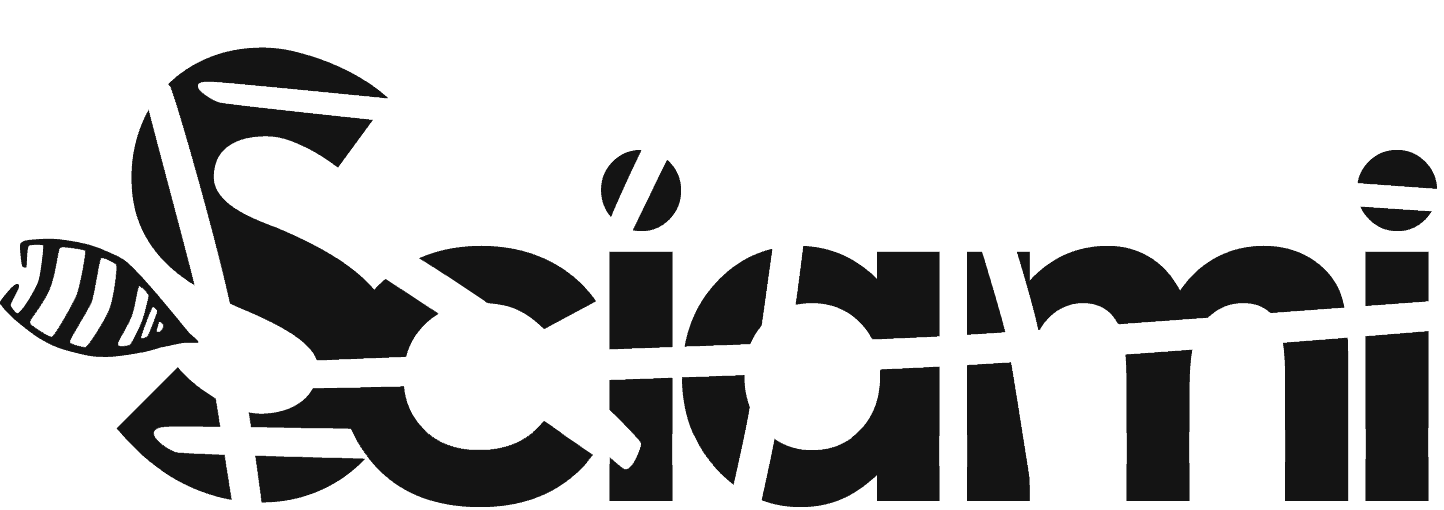This essay derives from the primary need to make order between direct and indirect sources available for the reconstruction of the history of video art in Italy in the seventies. In fact, during the researches for the Ph.D. thesis it became clear that in most cases it is difficult to define, in terms of facts, which of the different historiographies should be taken into consideration to deepen the study of video art in Italy. Beyond legitimate differences of perspectives and methods, historiographical narratives all share similar issues and narrative structure. The first intention of the essay is, therefore, to compare the different historiographic narratives on Italian video art of the seventies, verifying their genealogy, the sources used and the accuracy of the narrated facts. For the selection of the corpus, it was decided to analyze in particular monographic volumes dealing with the history of the origins of video art in Italy. The aim was, in fact, to get a wide range of types of "narrations", as in the case of contemporary art and architecture magazines, which are examined in the second part of the essay. After the selection, for an analytical and comparative study of the various historiography, the essay focuses only on the Terza Biennale Internazionale della Giovane Pittura. Gennaio ’70. Comportamenti, oggetti e mediazioni (Third International Biennial of Young Painting. January '70. Behaviors, Objects and Mediations, 1970, Bologna), the exhibition which - after Lucio Fontana's pioneering experiments - is said to be the first sign of the arrival of videotape in Italy (called at the time videorecording), curated by Renato Barilli, Tommaso Trini, Andrea Emiliani and Maurizio Calvesi. The narration given so far of this exhibition appeared more mythological than historical and could be compared structurally to that of the many numerous beginnings that historiographyies on international video art identify as ‘first’ and ‘generative’. In the first part of the essay the 'facts' related to Gennaio ’70, as narrated by historiography on video art, are compared. In the second part the survey is carried out through some of the direct sources identified during the research, with the aim of answering to questions raised by the comparison between historiographies. Concluding, it is important to underline that the tapes containing the videos transmitted have not been found and seem to have disappeared since the ending of the exhibition. Nevertheless, the deepening of the works and documentation transmitted during the exhibition is possible thanks to other types of sources which give us many valuable information regarding video techniques and practices at the beginning of 1970 in Italy.
This article is available in: ITA
